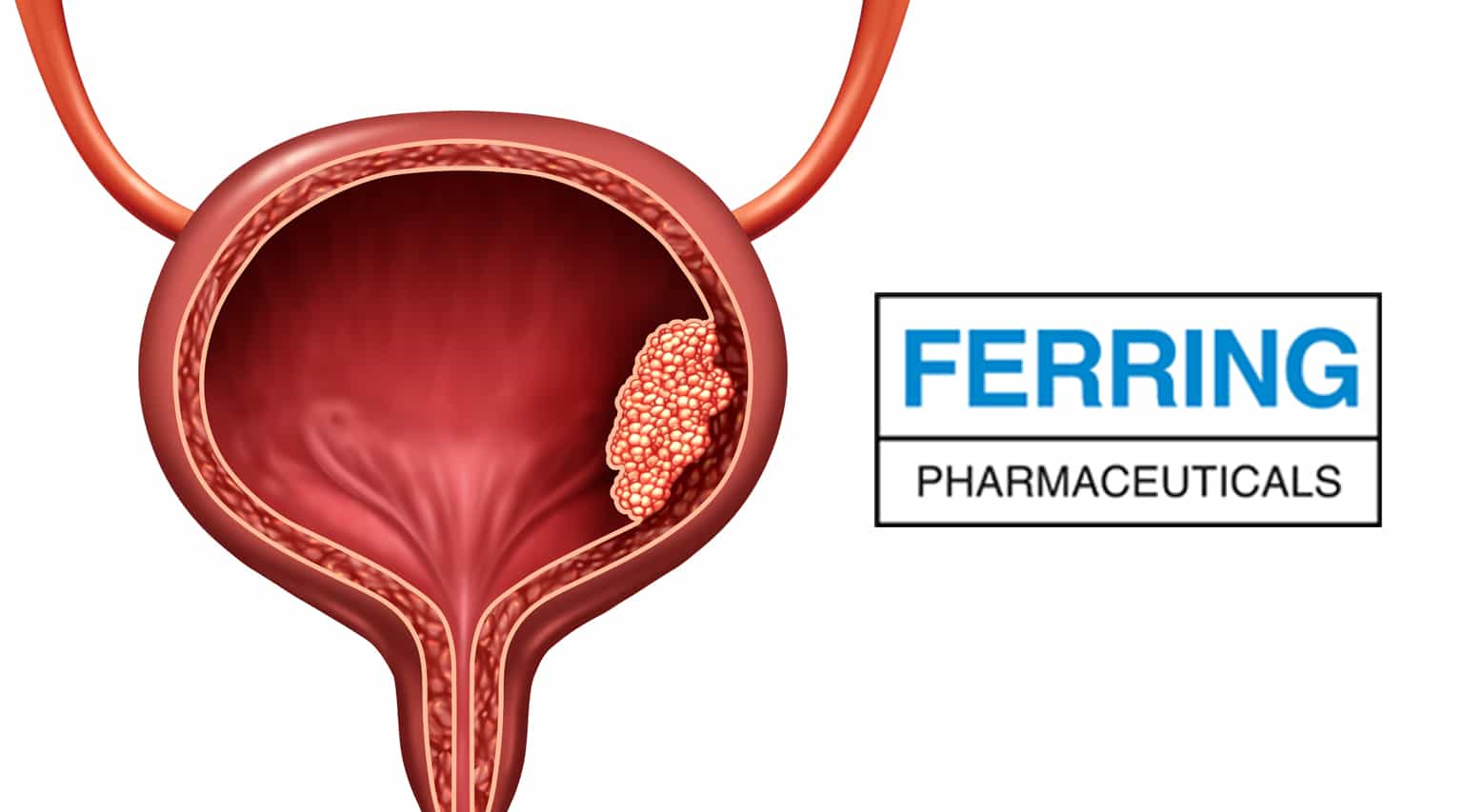The FDA recently approved a novel gene therapy, Adstiladrin (nadofaragene firadenovec-vncg) from Ferring Pharmaceuticals A/S, indicated for the treatment of adult patients with high-risk Bacillus Calmette-Guérin (BCG)-unresponsive non-muscle-invasive bladder cancer (NMIBC) with carcinoma in situ (CIS) with or without papillary tumors.
According to the Centers for Disease Control and Prevention, about 57,000 men and 18,000 women are diagnosed with bladder cancer annually, and roughly 12,000 men and 4,700 women die from the disease each year in the United States.
Adstiladrin is administered three times annually via intravesical catheter.
Ferring did confirm that Adstiladrin will be commercially available in the US in the second half of 2023. Ferring did not release pricing information at the time of approval. Industry sources expect the therapy to be priced in the $160k-$260k price range. Given cost and need to track outcomes and patient experience, Ferring will likely distribute this product through SP distribution.
CLICK HERE for prescribing information
——————————————————————————————-
FDA Approves First Gene Therapy for the Treatment of High-Risk, Non-Muscle-Invasive Bladder Cancer
December 16, 2022 — Today, the U.S. Food and Drug Administration approved Adstiladrin (nadofaragene firadenovec-vncg), a non-replicating (cannot multiply in human cells) adenoviral vector based gene therapy indicated for the treatment of adult patients with high-risk Bacillus Calmette-Guérin (BCG)-unresponsive non-muscle-invasive bladder cancer (NMIBC) with carcinoma in situ (CIS) with or without papillary tumors.
“This approval provides healthcare professionals with an innovative treatment option for patients with high-risk non-muscle invasive bladder cancer that is unresponsive to BCG therapy,” said Peter Marks, M.D., Ph.D., director of the FDA’s Center for Biologics Evaluation and Research. “Today’s action addresses an area of critical need. The FDA remains committed to facilitating the development and approval of safe and effective cancer treatments.”
Bladder cancer, one of the more common forms of cancer, is a disease in which malignant (cancer) cells form a tumor in the tissues of the bladder. These abnormal cells can invade and destroy normal body tissue. Over time, the abnormal cells can also metastasize (spread) through the body. Most newly diagnosed bladder cancers (75% to 80%) are classified as NMIBC – a type of cancer that has grown through the lining of the bladder but hasn’t yet invaded the muscle layer. This type of cancer is associated with high rates of recurrence (between 30 to 80%) and the risk of progression to invasive and metastatic cancer.
Treatment and care of patients with high-risk NMIBC, including those with carcinoma in situ, or CIS (abnormal cancer cells found in the place where they first formed and that have not spread to nearby tissue), often involves removing the tumor and the use of BCG to reduce the risk that the cancer will recur. Few effective treatment options exist for patients who develop BCG-unresponsive disease. The failure to achieve a complete response, or the disappearance of all signs of cancer as seen on cystoscopy, biopsied tissue, and urine, is associated with an increased risk of death or a disease-worsening event. Without treatment, the cancer can invade, damage tissues and organs, and spread through the body.
The safety and effectiveness of Adstiladrin was evaluated in a multicenter clinical study that included 157 patients with high-risk BCG-unresponsive NMIBC, 98 of whom had BCG-unresponsive CIS with or without papillary tumors and could be evaluated for response. Patients received Adstiladrin once every three months for up to 12 months, or until unacceptable toxicity to therapy or recurrent high-grade NMIBC. Overall, 51% of enrolled patients using Adstiladrin therapy achieved a complete response (the disappearance of all signs of cancer as seen on cystoscopy, biopsied tissue, and urine). The median duration of response was 9.7 months. Forty-six percent of responding patients remained in complete response for at least one year.
Adstiladrin is administered once every three months into the bladder via a urinary catheter. The most common adverse reactions associated with Adstiladrin included bladder discharge, fatigue, bladder spasm, urinary urgency, hematuria (presence of blood in urine), chills, fever, and painful urination. Individuals who are immunosuppressed, or immune-deficient should not come into contact with Adstiladrin.
This application was granted Priority Review, Breakthrough Therapy, and Fast Track designations.
The FDA granted approval of Adstiladrin to Ferring Pharmaceuticals A/S.






